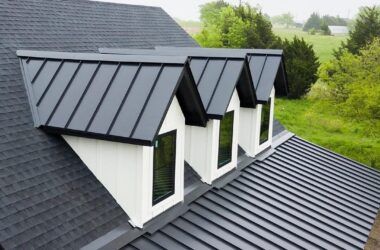A flow control valve is used at the places where you have to manage the flow rate of a fluid. It ensures the flow rate is not too low or high but remains the same as a set value that is defined by the user.
The flow characteristic of the flow electronic flow control valves is the relationship between the opening of the valves and the flow rate. Each valve has a flow characteristic. This characteristic lets a certain amount of the fluid flow passes through the valve at a specific percentage of the stroke. Choosing the valve with the accurate flow characteristic is very important to get the expected output from the valve. There are two basic types of flow characteristics of the vales operating in the system.
- Inherent Flow Characteristic.
- Installed Flow Characteristic.
Installed Flow Characteristic:
This is the actual flow characteristic of the electronic flow control valve because it is determined for all the installations by the differential pressure drop. In other words, when the valve is operating in a system with a changing pressure drop, taking into account the effect of the whole piping system is called the installed flow characteristic.
Inherent Flow Characteristic:
This flow characteristic is based on the test performed in a laboratory or a system where pressure drop is kept constant for all the valve openings and flow rates. It defines the relationship between the electronic pressure valve capacity and the opening of the valve when no system effects are considered. Meanwhile when the vale is operating with a constant pressure drop and no system effects are taken into account then it is known as the inherent characteristic.
As the above-listed fig shows that there are three common types of flow characteristics:
- Quick Opening.
- Linear.
- Equal Percentage.
Quick Opening:
A maximum flow passes through the valve at the early opening of the electronic flow control valve. The curve is linear till the first 40 percent of the valve plug travel and after that, it gets flattened to indicate a little increase in the flow rate because the travel reaches the wide open position.
Linear:
This flow characteristic indicates that the flow rate is directly proportional to the path of the proportional flow control valve. It provides a better flow capacity throughout the whole stroke. This is good for controlling the liquid level.
Equal Percentage Flow Characteristic:
For the electronic flow control valves that have an equal percentage characteristic, each valve lift increase causes an increment in the previous flow rate. In the first half stroke, it provides strong control of the closure element where its more difficult to control the closure element because it is highly prone to the force of the process. In the next half, it provides an increased flow capacity. Resultantly the equal percentage improves the range-ability, and better repeatability.
Conclusion:
To achieve strong control of the flow rate from the electronic flow control valve, it’s necessary to check the flow characteristics of the valves before using them. Remember that each flow control valve has a characteristic that mirrors the coil performance. To get the expected performance, you should compulsorily determine the need of the system and the flow characteristic of the electric flow control valves.








